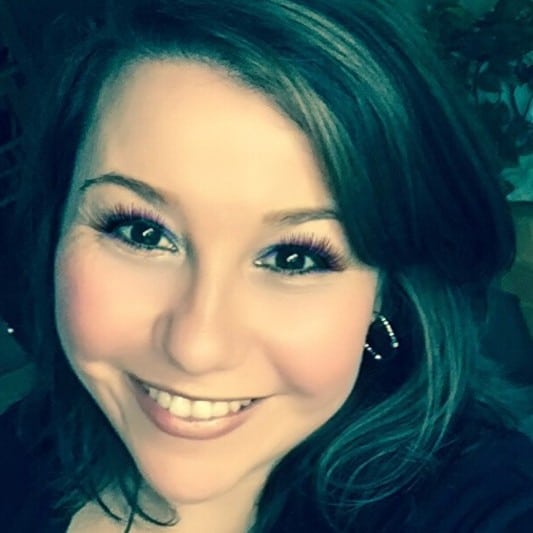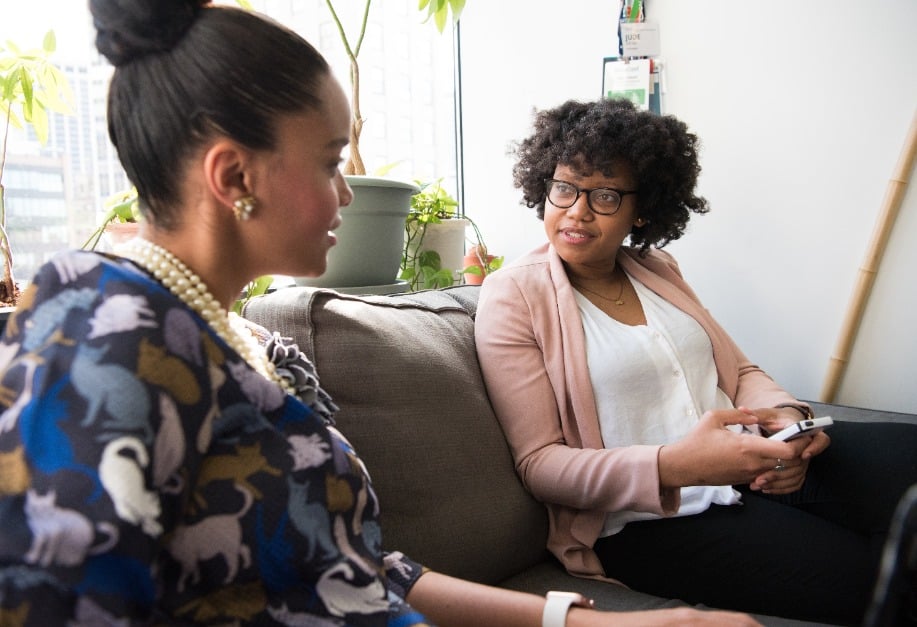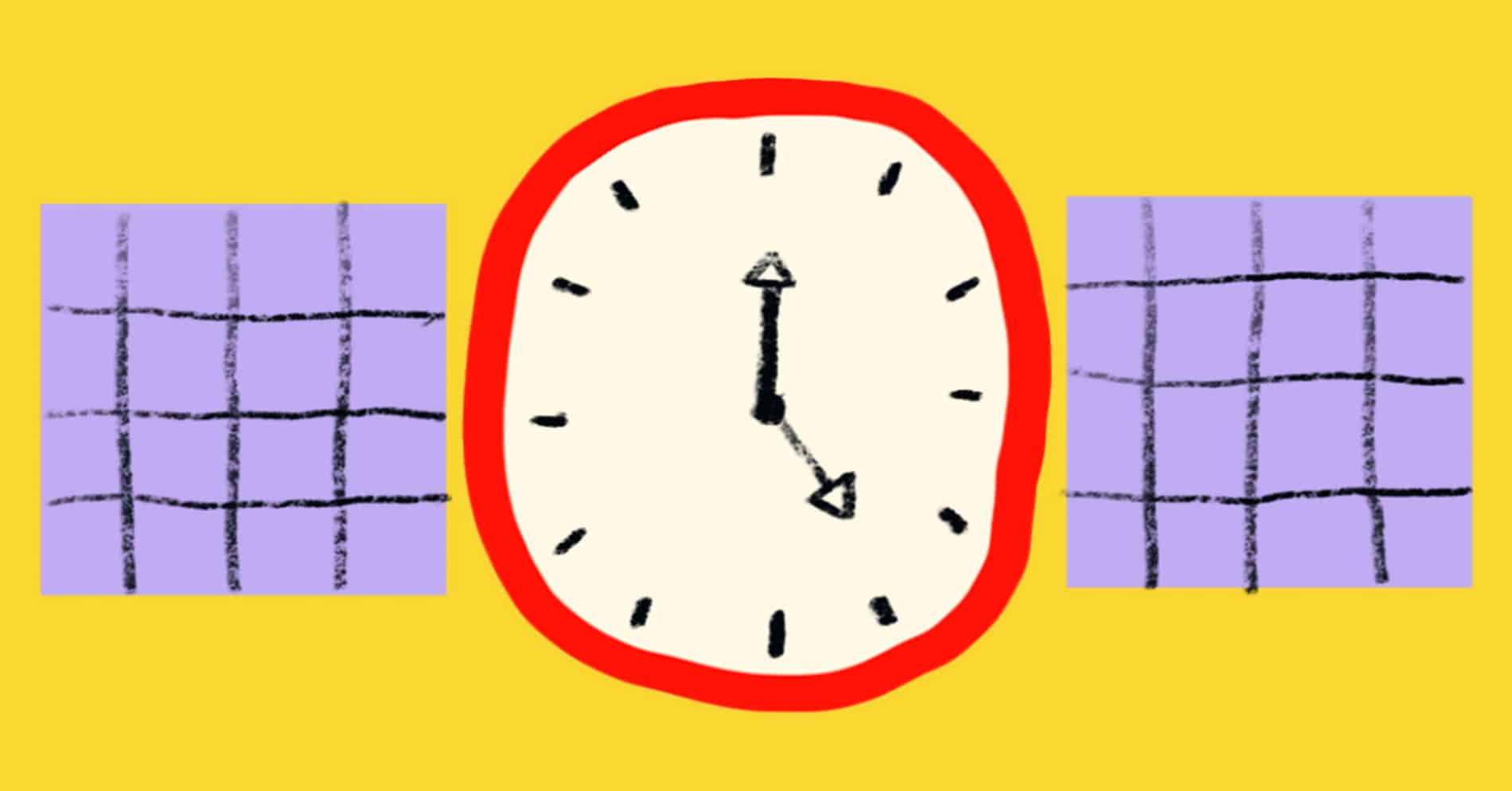If you’re putting together your benefits communication strategy for the year, you might have an idea of what you’d like to share with your employees—but sometimes figuring out the how and when can be a challenge.
And when we’re stumped, we like to turn to the experts and take a page out of their book. (After all, imitation is the sincerest form of flattery, right?) That’s why we’re sharing some of the most creative ways to communicate employee benefits that we heard from HR leaders during Engage 2022.
There’s not one magical formula that works for every company, but there are a few tactics that appear again and again in our most successful customers’ campaigns—the companies that have really nailed benefits engagement. Let’s jump in.
1. Customize your messaging depending on your audience
As organizations large and small have increased their focus on DEI initiatives in the past two years, benefits pros are looking for ways to make sure their benefits messages reach and appeal to a broad range of employees.
One important component of that effort? Reaching every generation within your workforce. According to MetLife, 70% of organizations say leading multigenerational workforces is important to their success over the next 18 months, but only 10% say they’re ready to address this trend.
During Engage, Lauren Trost of Marsh McLennan Agency highlighted how choosing the right communication channels is crucial to making sure your benefits messages are heard and understood by each generation:

And while you’re thinking about how to communicate with each generation, think about the what as well. Trost argues that not all benefits are created equally: Baby Boomers are more likely to be curious about their retirement benefits, while Millennials want to hear more about student loan reimbursement and parental leave. Think about which benefits you’re focused on most with each audience.
Each generation has their own benefits interests
Gen Z
Student loan repayment
Ways to get involved in DE&I efforts
Recognition programs
Mental health care
Millennial
Student loan repayment
Pet insurance
Volunteer opportunities
Flexible working schedules
Gen X
Retirement match
Work/life balance
Childcare benefits
Baby Boomers
Competitive salary
Rich medical plan
Life & transition coaches
Retirement planning support
2. Leverage employee resource groups
Like many of us, the HR team at Zendesk was focused on driving higher engagement with mental health and wellness initiatives during the pandemic. And while they used all of the typical communication tactics in their toolbelt to get the word out about new and existing resources, they also tapped into one surprising marketing channel: their employee resource groups.
During Engage, Benefits Manager Jen Bergman told us about Zendesk’s Whole Self employee community, a group focused on advancing mental health awareness and wellness within the organization.

This is one of our favorite communication ideas for large companies especially, because it relies on smaller networks of people in the office that can help you disperse your message to lots of employees, rather than relying on one point person in HR. Arm your employee “influencers” with all of the information they need to help you spread the word about your benefits offerings.
Watch Jen, Kristi and Lauren’s full session from Engage 2022:
3. Take your benefits fair virtual
Gone are the days where all of your employees will gather in one room for a single open enrollment benefits fair. Employees need benefits information on their time, on their preferred device — so that they can digest it asynchronously.
That’s why Zendesk pursued a virtual benefits fair in 2022:

How do you incentivize employees to participate? Aside from ensuring the virtual benefits fair was available at any time on any device throughout the open enrollment period, the Zendesk HR team also turned it into a game. Employees earned badges for each action they took during the virtual fair, and vendors raffled off prizes to employees with the most badges. They also prioritized a mix of live and recorded events so that employees could engage in the way they wanted to. And they ensured all of their benefits vendors were represented so that employees could get their questions answered.
4. Make benefits accessible to the whole family
Your employees aren’t making benefits decisions in a vacuum. Many have spouses, children, and elderly family members to consider. So making educational materials available to the whole family is crucial when employees are deciding which healthcare plans and other benefits to choose.
That’s something Kristi Morrissey and her team at Niagara Bottling kept in mind during last year’s open enrollment:

How did Kristi and her team make it happen? Niagara Bottling mails newsletters to their employees’ homes, and they host live benefits meetings in their offices that are open to family members. Plus, they record open enrollment presentations so that spouses can access the information they need on their own time.
5. Incorporate texting into your benefits engagement strategy
If you’re not already, it’s time to think about adding texting to your benefits communication plan.
Why is texting such a good idea? First, it’s a short, actionable communication channel where you can send easy links to important resources and benefits to-dos. Plus, our employees are now texting more than they use the internet, and they’re more likely to open a text than they are an email:
Plus, texting helps us connect with hard-to-reach employees who may not have a company email address or a desk job:

Not sure where to start? Services like ALEX, Text Request, Simple Texting, and Twilio, and TextUs will help you message employees about their benefits. And don’t forget, shorter is better — the best-performing texts are under 140 characters.


